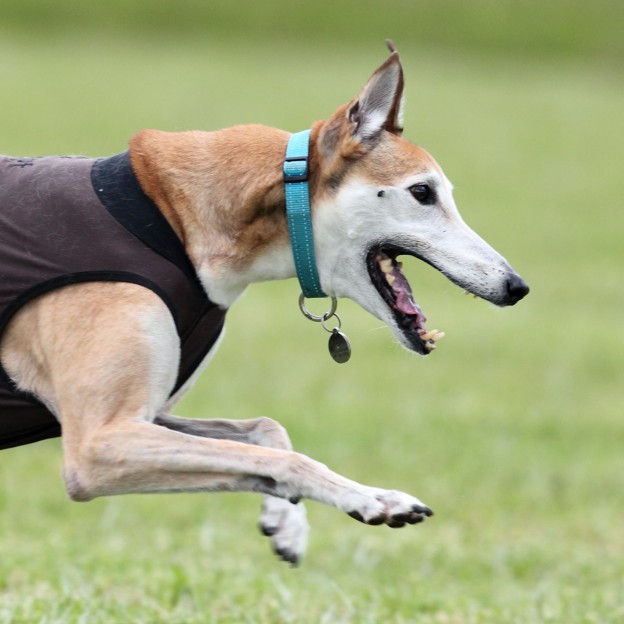
With a range of collars available in stores, how do you know which one will suit your dog? Kylie Baracz discovers how choosing the right dog collar is crucial for your pet’s wellbeing.
Collars are not only a way of restraining dogs or providing a way of attaching their identification, they are also now a fashion item – with thousands of styles to choose from.
So how do you know you have chosen the best, and safest, collar for your pooch? Louise Ginman, trainer from Positive Dogs, says no matter what style or colour you choose, it is important that collars are fitted correctly so that the dog feels comfortable and is safe.
“Collars are an important method for quickly restraining a dog. For example, they provide a ‘handle’ in case your dog is heading towards an open gate or a road,” she says.
“In general, collars should fit snugly but yet allow you to slip your fingers under it easily. If the collar is too tight, your dog’s breathing may be restricted, or worse, they may suffer damage to their trachea (wind pipe). A collar that is too loose can be just as dangerous as your dog may pull out of it or become entangled on objects, leading to panic and possible strangulation.”
Ginman recommends that owners should choose a collar that is appropriate for the individual dog’s neck. Breeds with large necks can have thicker and wider collars whereas smaller breeds will need thinner collars. She also says that you should check the buckle/clip to make sure it won’t come apart easily.
“Before buying a collar, check that the buckle or clips work correctly and won’t come apart when you pull. Owners should regularly check their dog’s collar at home as well for wear and tear and replace the collar if the leather or webbing is becoming worn or tearing. Again, check clips and buckles regularly to ensure they will not give way so that your dog stays safe when out on walks.”
The most ideal collars are ones that are comfortable for your dog to wear. Leather collars can be stiff until they are worn in – especially the thicker/wider ones. Ginman says the collars made from soft webbing are suitable for most breeds and are comfortable for your dog to wear.
“These days, there are a multitude of colours and styles to choose from – from a basic, plain design to ones with puppy ‘bling’. The choice of collar comes down to owner preference after you have ensured that the style you like will be comfortable, durable and strong enough for your dog,” she says.
Identification details
Identification tags are a great way for a lost dog to get home quickly, says Ginman. “Getting both sides engraved ensures you can add lots of details. At a minimum, tags should have the dog’s name and owner’s phone details, preferably a mobile number as well as an alternate contact number. Adding the vet’s phone number is also a great way to ensure your lost dog makes it home to you. You can add similar details to an embroidered collar.”
Do you attach the leash to a harness or to the collar?
Whether you walk your dog in a harness or attach the leash to the collar will depend on a few factors, says Ginman. Does your dog pull on lead or react to other dogs, people, bicycles, cars etc? Do you have a large breed or a small one?
“In general, if your dog pulls on lead or tends to react to things in the environment (like dogs, people, cars etc) during your walk, you are best to stick to the leash on the collar or purchase a special harness that attaches at the front rather than at the dog’s back,” she says. “A front attach harness provides the owner with more control than a standard walking harness. Standard walking harnesses work well for small breeds, but if you have a larger breed that likes to pull on leash, the same walking harnesses can see you being dragged down the street.
“You can also try one of the head halters if your dog likes to pull and/ or is reactive. Most head halters also attach to the collar to prevent your dog slipping out of them.”
Ginman recommends contacting a qualified dog trainer if you do have problems with your dog reacting to things or pulling on leash during walks, so that you can get help deciding on what type of equipment is best suited to your dog, as well as get the assistance you need to help re-train your dog.
Here are just a few things that can make life with your dog a bit easier - see them now on our DOGSLife Directory




[…] Fuente: dogslife.com.au […]